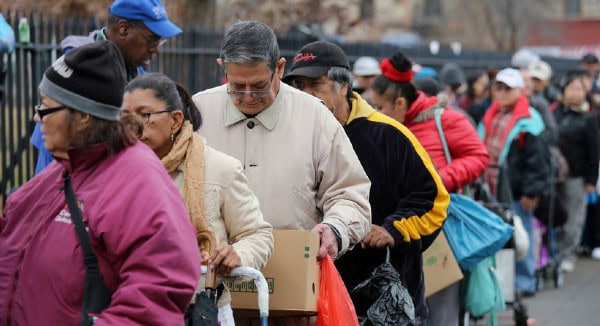Washington: Advances in the treatment of multiple myeloma, a cancer that forms in a type of white blood cell, have led to improved survival majorly among young and white patients, whereas the survival rate observed in patients of other ethnicities was less.
The study further states this gap is mostly due to socio-economic differences between the whites and ethnic minorities and not just race.
The researchers, who studied data on more than 10,000 US patients less than 65 years of age with multiple myeloma, found that race/ethnicity was not the most important factor associated with patients’ risk of dying early, but marital status, income and insurance status also contributed to a patients’ chances of survival.
The four-year estimated overall survival was 71.1 percent, 63.2 percent, 53.4 percent, and 46.5 percent respectively for patients with 0, 1, 2, or 3 adverse socio demographic factors.
For example, a patient, who was not married and lived in a low income county, had a 25 percent lower likelihood of being alive four years after diagnosis than a patient of the same age, who was married, lived in a medium to high income county and had private insurance.
“This finding strongly suggests that there is a huge disparity in outcomes that could potentially be overcome by improving access and affordability of treatments,” said Costa, the lead author.
Adding, “With the recent emphasis on comparative effectiveness in oncology, it also becomes crucial that all variables affecting outcomes–including socio demographic factors are accounted for when comparisons between different therapeutic approaches and health care systems are made.”
The findings are published in CANCER, a peer-reviewed journal of the American Cancer Society. (ANI)

